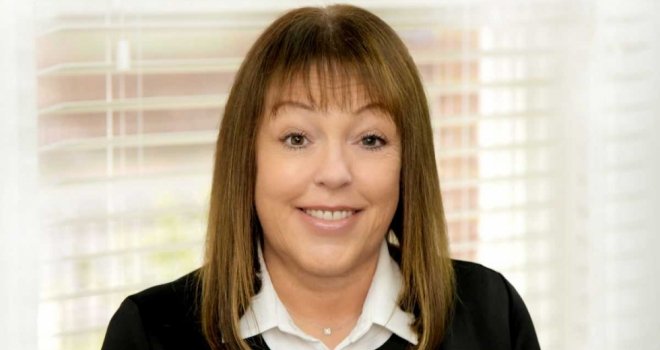“We continue to see more and more brokers coming to us with a range of highly complex property-related transactions which require carefully assessed forms of alternative finance”
A highly turbulent few years from a market and economic standpoint have undoubtedly generated progressively complex financial circumstances for individuals, households, investors, developers, landlords and businesses across the UK. This has resulted in an ever-increasing emphasis on the intermediary market and value attached to the advice process to not only help this array of borrowers to navigate some potentially treacherous waters, but to also unlock property-related opportunities as they arise.
Of course, this reliance isn’t anything new. The intermediary market has consistently risen in volume, value and prominence over a sustained period. To chart this continued growth, Octane Capital recently analysed the UK mortgage broker market size based on annual revenues since 2013, looking at how the sector has performed, and what this performance might mean for the immediate and mid-term future of UK brokers.
The headline result from this is that the UK’s mortgage broker industry has grown by 110% in the last decade and is now forecast to reach a total market size of over £2.5bn. The data shows that, despite the challenges faced by the industry over the last year, 2023 was a year of positive growth. Annual revenues were said to have climbed by 2.6% and driven the market size of the UK mortgage broker market to £1.926bn – the highest level seen since 2013.
In fact, since 2013 the UK’s mortgage broker market has, without fail, increased in size every year. This means that over the past ten years, the size of the UK mortgage broker market has increased by 110%. Annual revenue is expected to increase every year through to 2030 when it is forecast to surpass £2.5 billion.
These represent some significant figures, but it also leads to the question of where is this business likely to come from?
As a business, we continue to see more and more brokers coming to us with a range of highly complex property-related transactions which require carefully assessed forms of alternative finance to help combat shifting market dynamics, ever-tightening mainstream lending boundaries, limited affordability calculations and impending deadlines.
On the first anniversary of our successful rebrand from First 4 Bridging (F4B) back in September 2023, we noted that the amount of longer-term specialist business was increasing through a 37% surge in specialist buy-to-let business, a 31% rise in commercial mortgages and an 18% growth in secured loans over that 12 month period. It’s fair to say that these levels have continued, although we also seen further uplifts in demand for bridging finance as well as the aforementioned uplift in complex residential cases.
To cope with these additional demands – both from their clients and from lending propositions which have had to evolve themselves in line with shifting market conditions and borrowing demographics – even the most experienced of advisers are seeking additional support of their own though stronger engagement levels with trusted packaging partners. A trend which is also likely to accelerate in line with the future growth of the UK broker market and the escalating reliance on specialist forms of property-related finance.

